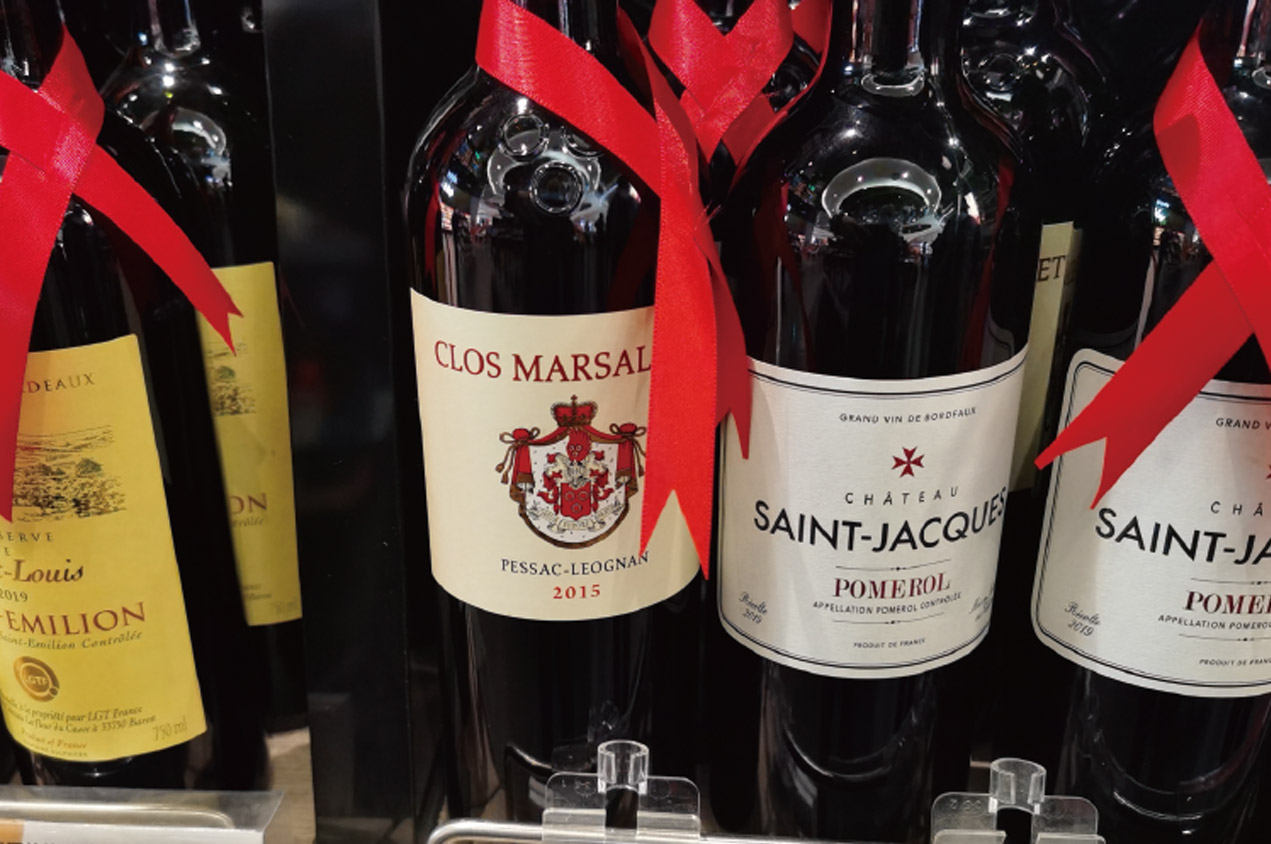Do you still remember every fruity flavor or aroma of the various wines you have tasted?
Taste is the response of the taste buds to external stimuli. It is a collective term for a series of taste receptors distributed on the tongue, mouth, and other organs. In order to cultivate a sensitive taste, we must protect and actively open our taste buds. Excellent wine tasters typically use the following six steps to protect and open their taste buds.
Step 1: Taste slowly
Have you ever tasted chocolate truffles slowly? The thick chocolate sauce slowly melts on the tip of the tongue, and the fragrance gradually spreads, gradually covering the entire mouth. Only in this way can you awaken every taste bud and taste wine. The subtleties of wine require time to savor slowly, and our taste buds also need time to become familiar with the various flavors contained in wine.
Step 2: While watching, smelling, and tasting:
In wine tasting, the three stages of seeing, smelling, and tasting are essential. Before tasting the wine, seeing and smelling gives us a first impression. If one blindly tastes Rioja white wine at room temperature (whose body resembles red wine), it is likely to be considered red wine; If only one wine is tasted without smelling its aroma, then what people can feel is only the body and structure of the wine. Therefore, to have a comprehensive understanding of wine, watching, smelling, and tasting are three essential steps.
Step 3: Visualize flavor:
Visualizing the flavor of wine refers to fully presenting the wine experience in the form of images, guiding the wine tasting process. For example, tasting young Chianti wines is full of rose, red cherry, clove, and jar flavors, with the red cherry aroma being stronger than the rose aroma. At this point, you can create a pottery jar image in your mind filled with roses and red cherries. When you taste this style of wine again, you will naturally know the origin and style of the wine.
Step 4: Identify flavors and continue exploring
Identifying a flavor is simple, but identifying various flavors at the same time is not that easy. The human taste buds are inert, and to suppress this inertia, once you recognize one flavor, you need to continue exploring other flavors. Only by pursuing victory and continuing to explore can your taste buds become increasingly sensitive and accurate.
Step 5: Pay attention to the structure and body of the wine
The aroma of wine generally includes fruity and mellow aromas, and the intensity of fruity aromas is related to the structure of the wine. Complex structured wines typically have a richer fruity flavor. The body of the wine can also affect our experience of wine. For example, Viognier white wine gives people a unique greasy feeling in the middle of the tongue, which is a wonderful experience brought by the wine body. People can usually distinguish the characteristics of other wines, such as minerals and tannins, by rubbing their tongue against the palate. These substances can stimulate your taste buds in different ways, bringing you different feelings.
Step 6: Establish a wine memory bank
Remembering the main characteristics of a wine helps you establish a complete wine memory bank, which in turn will help you identify the wine. For example, young Spanish Grenache wines will have a fruity taste of ruby red grapes. If stored in a memory bank, it is easy to recognize this Grenache wine in blind tasting. Taking wine tasting notes is a good choice to remember as much wine as possible and leave a deep impression, especially during tasting events.

Learn how to taste a bottle of wine so you can have a good conversation on any occasion

The Division of labor of the School of Continuing Education will organize all the staff to gather together in the form of tea party to celebrate the 39th Teacher's Day, which belongs to our own holiday. The Teachers' Day activity was presided over by...

The wine rumors of those years are displayed here